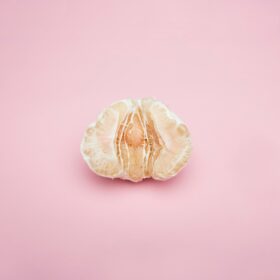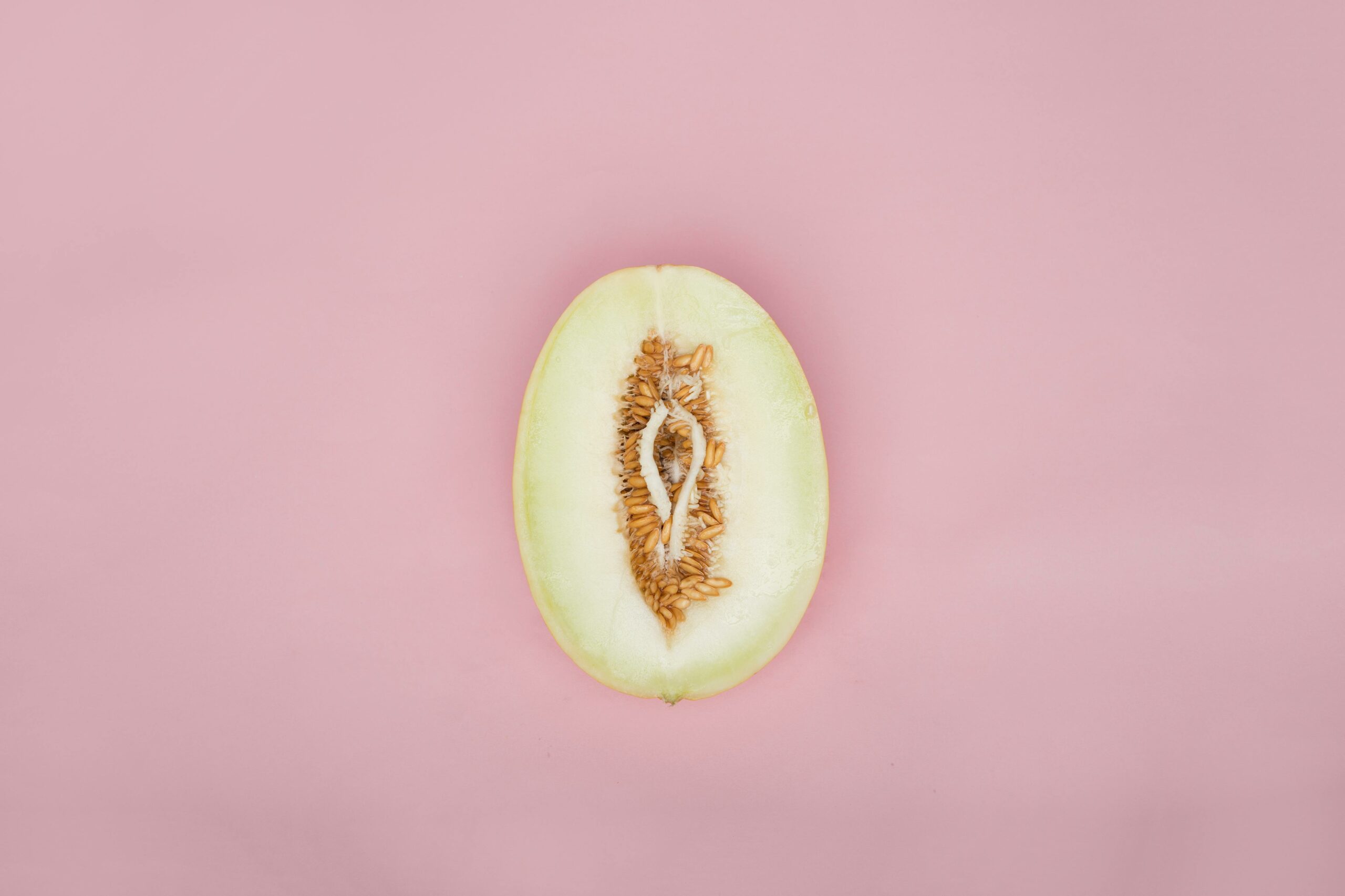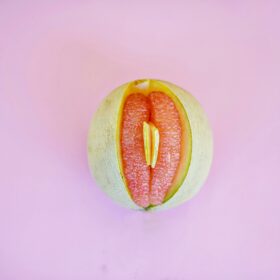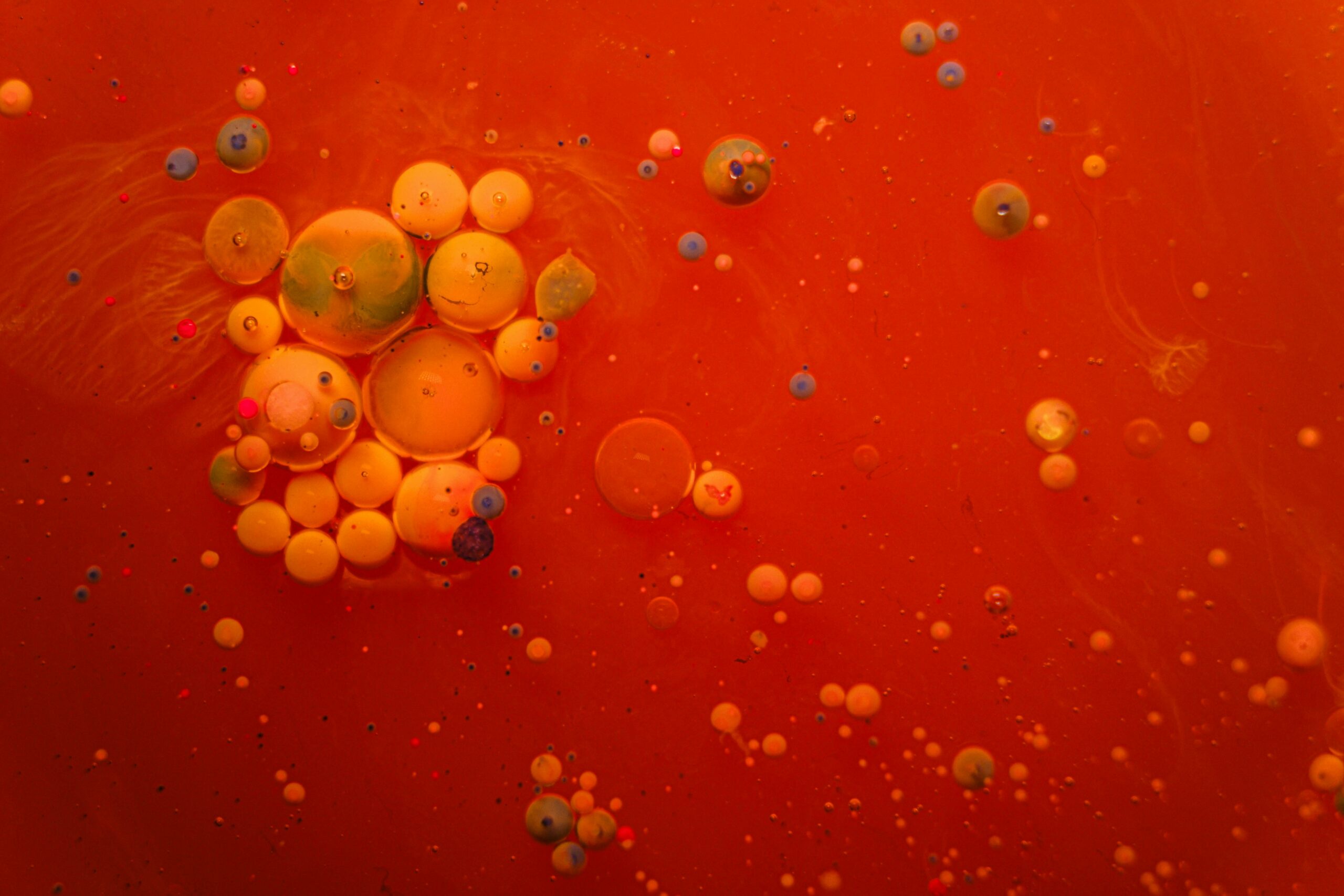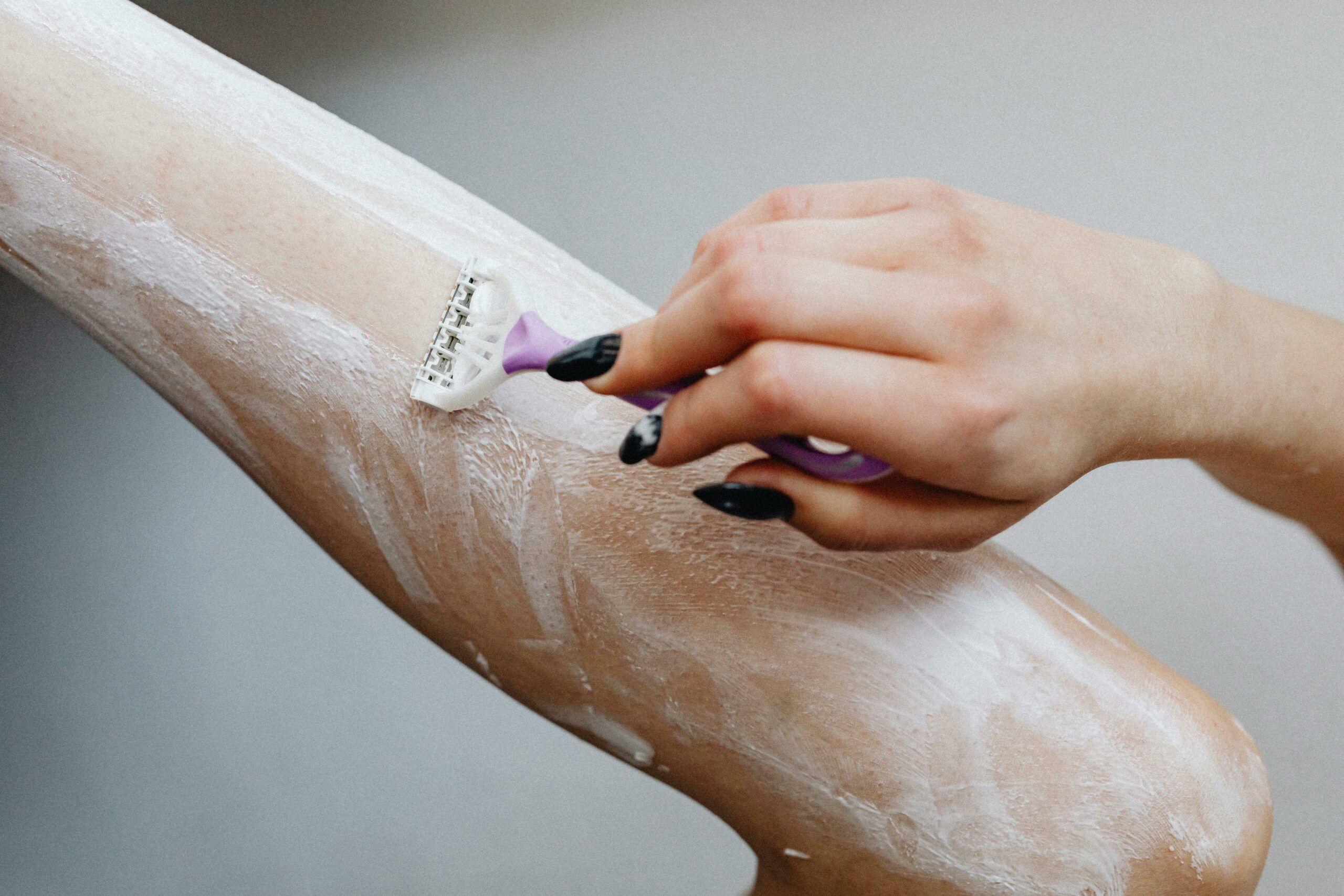
Is my vagina normal? Your questions answered
In this article
What's the lowdown?
The vagina is usually misused when talking about the external female reproductive tract
It is technically the canal leading from the womb to the outside of the body
The external female genitalia is made up of the labia majora and minora, mons pubis, clitoris, vaginal and vulval vestibule
Vaginas and vulvas can come in all different shapes, sizes and colours
What are vaginas: Unique! Say it louder for the people in the back

Let’s be honest the only times you’ve seen a female anatomy diagram is during GCSE biology or at your gynaecologist.
There is a lot still to learn about the vagina, whether you are a wondrous owner or simply a lover of this beautiful organ.
Don’t let mainstream media and the porn industry fool you, there is no such thing as a perfect vagina and vaginas aren’t meant to look alike!
Take a seat, welcome to ‘Intro to Vaginas’.
What’s the vagina?
The vagina is indeed an organ that does more than provide a passage for childbirth; it is also a key part of female sexual pleasure.
It is a tube made from a muscular wall that connects the cervix (opening to your womb) to your vulva – kind of like a tunnel. It joins the inside of your female anatomy to the outside. It is a passage for entry and exit.
When thinking about the vagina, it is easy to loop in the other external genitalia as a blanket term. Technically they all have different names. Let’s dive in!
Vulva
The outside of your reproductive system is referred to as the vulva. This is sometimes the area that people mean when they talk about the vagina. This could be due to the lack of education about female anatomy in our youths in days gone by. Thankfully, we’re now starting to use the correct language. The vulva consists of the labia, vulval vestibule, urethral opening and clitoris1.
Labia majora and minora
These inner and outer lips act as gates protecting the opening of the entrance to your vagina and clitoris1. The labia majora (outer lips) lay over your labia minora (inner lips) and are usually covered with pubic hair (nothing wrong with that!).
The labia aren’t meant to tuck away nicely! You might have heard the terms innie and outie. Some inner lips are covered completely by the outer lips, known as an innie. If your labia minora are larger than your majora, they can stick out, it is called an outie. These are both normal.
Let’s refute the idea of normal vaginal lips. No matter what kind you have, they are all beautiful!
Fun fact: Did you know women technically can get an erection as well! Just like the male penis fills with blood when aroused, you might notice your labia and clitoris swelling during sexual pleasure.
Vaginal vestibule
The opening of your vagina aka your vaginal vestibule is nestled between your urethral opening and anus. Sitting on the inside of this vestibule lies two small pea-sized Bartholin’s glands that are responsible for released ‘natural lubrication’1.
Hymen
The opening of the vestibule can be covered with a thin layer of tissue called the hymen. The hymen varies from person to person; some women do have it, while others have such little tissue it is as though the hymen does not exist. But the hymen is not related to virginity in any way and should not be a way to confirm virginity1.
Clitoris
Our pleasure centre! The clitoris sits on the top of the vulva, where your labia minora meet. You can only see the head of the clitoris known as the glans but there is far more below the surface – the corpora cavernosa spans 5cm and contains over 8,000 nerves2, which is why it can feel good when it’s touched. The clitoris is protected by a piece of skin called the hood1.
Despite it being responsible for our orgasms, sometimes you can get pain in your clitoris called clitorodynia.
Mons pubis
The mons pubis covers the top of your vulva, on top of the pubic bone. It is not just a piece of fatty tissue but it plays another key role in our sexual attraction, secreting pheromones which are chemicals that act to send signals to other members of our species1.
Well then, what is normal?
What does a normal vagina look like?
Normal is not in our vocabulary. It is one thing for vaginas to be anatomically correct but not to be standardised to a norm. They come in all different vagina shapes, sizes and forms. Vaginas are simply unique (as if we have not heard this word being used before).
Some might have some bumps and lumps, while others have more pubic hair. Remember, we have vaginas of all colours too!
How much pubic hair is normal for a woman?
Ooof another tough question for us to answer. Generally, pubic hair grows naturally on the outer labia, progressing up to the pubic bone. Typically it forms a triangle-like shape over your mons pubis and onto your inner thighs. Depending on your ethnicity and age, the amount of pubic hair will differ slightly.
And if you have jumped onto the laser bandwagon, you might be completely hairless!
Is it normal for vaginas to smell?
If you did not already know, the vagina has its own ecosystem made up of good bacteria living harmoniously to create a healthy acidic environment3. This is referred to as your vaginal microbiome.
Due to the presence of these bacteria, your vaginal will naturally have a slight smell and again this can vary between vaginas. If you notice a new smell that is offensive or fishy, then it could represent an infection and it’s worth speaking to your GP.
What does normal discharge look like?
That small amount of fluid you find on your underwear is called your vaginal discharge. Don’t freak out, this is supposed to happen. It’s the microbiome’s way of cleaning out your vagina. The consistency and colour of your discharge can change over your cycle (due to hormonal changes)4.
It should generally look clear, white or yellow-tinged with a sticky-like consistency. If it starts to smell bad or look green or grey you might have a sexually transmitted infection, thrush or bacterial vaginosis so should speak to a healthcare professional.
Summary
To my lovely best friend who wrote to me freaking out about her vagina, this article is for you! I hope I have reassured you that normal is not real and your vagina is just as beautiful as mine and everyone else’s!
Our medical review process
This article has been medically reviewed for factual and up to date information by a Lowdown doctor.


